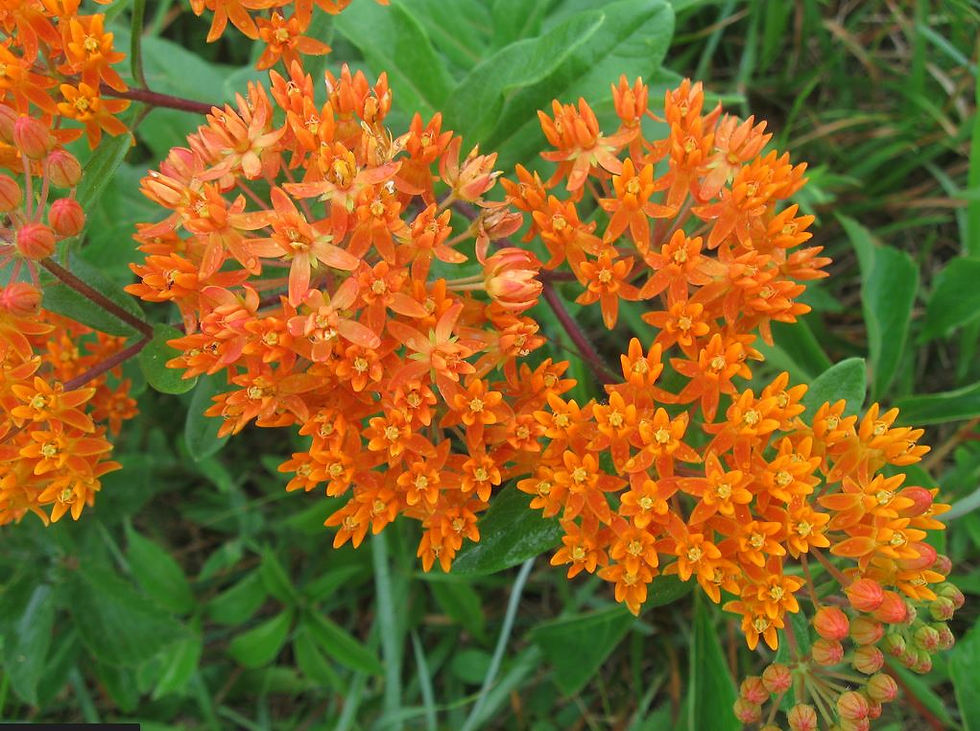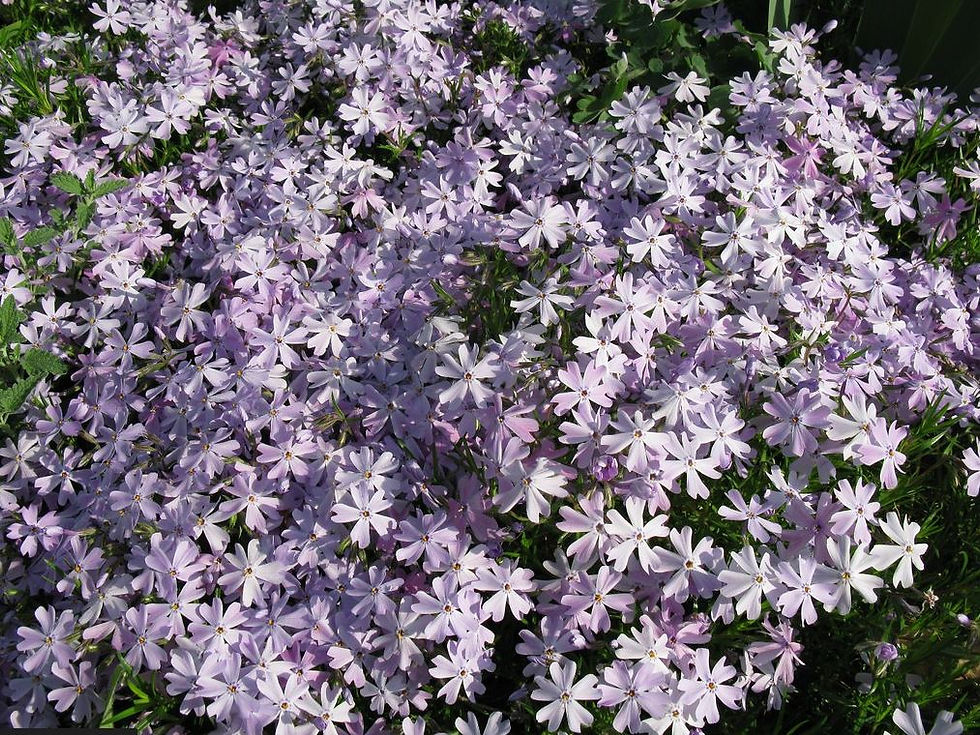
Planning for a Sunny Garden for all Types of Conditions
If you are looking to start growing flowering plants or vegetables in a sunny area of your garden, read Margie Blare’s articles on starting a new garden. Then, take a look at this article which provides lots of ideas for plants in various kinds of sunny gardens. There are a seemingly endless number of plants that will flourish in a sunny garden. This article helps you narrow the choices down to some super stars.
Doreen Cordova, Dakota County Master Gardener

The twin cities area of Minnesota, now classified as USDA Hardiness Zone 5a, offers a unique opportunity for gardeners to create vibrant and thriving sunny gardens, whether you have a large space, small space, container gardens or a balcony garden. With at least 6-8 hours of full sun daily, you can cultivate a diverse array of flowers, vegetables, herbs, and small shrubs that not only add beauty but also provide ecological benefits. The shift from Zone 4b to 5a indicates milder winters, allowing for a broader range of plants to flourish in the region.
To ensure your sunny garden remains healthy and vibrant, remember to provide adequate water and fertilization. Most plants require about an inch of water weekly, and using slow-release fertilizers can enhance growth without overfeeding. Mulching around plants helps retain moisture and suppress weeds, while row covers can protect against early frosts and pests. By selecting the right plants and following these care tips, you can create a thriving sunny garden in the Twin Cities that brings joy and beauty throughout the growing season.
This article will suggest sun-loving perennials listed in different categories. You may want to look for those plants that appear in several categories as superstars.
Perennials for Sunny Gardens
Natives
Native plants are an excellent choice for sunny Minnesota gardens, offering both beauty and ecological benefits. Here just a few of the many native plants that thrive in a sunny Minnesota garden:
Purple Coneflower (Echinacea purpurea) is a showstopper, attracting pollinators with its bold purple petals.
Wild Bergamot (Monarda fistulosa), which produces lavender flowers beloved by bees and butterflies.
Black-eyed Susans (Rudbeckia hirta): for those seeking a touch of golden sunshine, offer long-lasting blooms and support local wildlife consider planting or
Butterfly Weed (Asclepias tuberosa) is drought-tolerant and supports pollinators.
Agastache foeniculum (Anise Hyssop): This plant offers blue, tubular flowers from mid-June to September. It is deer resistant and prefers well-drained soil.
Asclepias tuberosa (Butterfly Weed): Known for its bright orange or yellow flowers, this plant is a vital food source for monarch caterpillars. It grows well in loose soil and full sun.

Grasses
To add structure and year-round interest to your sunny garden, consider incorporating native grasses.
Little Bluestem (Schizachyrium scoparium) is a stunning choice, with its bluish-green leaves turning a captivating reddish-brown in fall.
For taller options, Big Bluestem (Andropogon gerardii) and Switchgrass (Panicum virgatum) are excellent choices, providing vertical interest and winter habitat for birds.
These grasses not only thrive in full sun but also require minimal maintenance, making them perfect for busy gardeners.

Unique Pollinators
Here are some unique plants that thrive in full sun in our area. These flowers not only add beauty to your garden but also provide ecological benefits by attracting pollinators and supporting local wildlife:
Geum (ex., Red Dragon): This perennial features low-mounding leaves with numerous small flowers that bloom from early to late summer. It is a great choice for adding vibrant color to your garden.
Nepeta (ex., Purrsian Blue): Known for its compact mounding habit and periwinkle blue flowers, this plant is deer and rabbit resistant. It blooms from May to September and attracts bees and butterflies.
Liatris spicata (Blazing Star/Gay Feather): This plant features purple, spike-like clusters that bloom in full sun conditions. It is deer resistant and thrives in rich, loamy soil.
Low Maintenance
Black-eyed Susans (Rudbeckia hirta): one member of the Rudbeckia family, these plants are drought-resistant and deer-resistant, with bright yellow flowers that attract butterflies and birds. They require minimal care and can grow in well-drained soil.
Purple Coneflowers (Echinacea): these natives are drought-tolerant once established and attract a variety of pollinators. They bloom from mid-summer to early fall and require minimal maintenance.
Sedum: This succulent comes in various forms and is highly drought-tolerant. It blooms in late summer and is excellent for low-maintenance gardens.
Yarrow: With its flat clusters of flowers, yarrow attracts bees and butterflies. It blooms from June to September and is easy to care for.
Butterfly Weed (Asclepias tuberosa): in addition to its other attributes, Butterfly Weed is easy to care for.

Compact Flowering Plants
These plants are ideal for adding color and vibrancy to small full sun gardens without overwhelming the space:
Sedum Sunsparkler Series: These sedums are low-mounding, growing only 6-8 inches tall and 10-12 inches wide. They offer beautiful foliage and bright flowerheads, making them perfect for small gardens.
Nepeta Purrsian Blue: This compact mounding plant produces periwinkle blue flowers from May to September.
Yellow Alyssum: Known as basket-of-gold, this low-growing perennial forms a mat and blooms with bright yellow flowers in the spring. It grows 6-12 inches tall with an 18-inch spread.
Yarrow: While not as compact as some others, yarrow can be pruned to maintain a smaller size. It blooms from June to September and is easy to care for.
Geum Red Dragon: this colorful blooming plant is easy to grow.
Deer-resistant Plants
Yarrow (Achillea): Known for its finely textured foliage with an herbal scent that repels deer, yarrow blooms in yellow, pink, white, or peach. It is hardy in zones 3-8 and prefers full sun.
Ornamental Onion (Allium): Deer avoid this plant due to its onion flavor. Varieties like 'Serendipity' offer playful purple flowers that bloom from mid to late summer. It thrives in zones 4-8 and full sun to part sun.
Anise Hyssop (Agastache): This plant's fragrant leaves and soft peach flowers make it unappealing to deer.
Catmint (Nepeta): Deer dislike this fuzzy, fragrant foliage of catmint. It blooms with bright lavender-purple flowers starting in early summer and thrives in zones 3-8 with full sun.
Coneflower (Echinacea): While not completely deer-proof, coneflowers are often left alone due to their spiny cones. They bloom most of the summer with full to part sun.
Russian Sage (Perovskia): Its clean, herbal scent makes it highly deer-resistant. It blooms with bright amethyst-blue flowers and thrives in full sun.
Deer-resistant Groundcovers
Creeping Phlox: This groundcover blooms with vibrant purple flowers in early spring and prefers well-drained soil in full sun. It is relatively deer-resistant due to its dense growth and less palatable foliage.
Sedum: Known for its succulent leaves and stems, sedum is highly drought-tolerant and deer-resistant. It comes in various forms and colors, making it suitable for rock gardens and full sun conditions.
Pennsylvania Sedge (Carex pennsylvanica): While not entirely deer-proof, this sedge is less appealing to deer due to its grass-like foliage. It thrives in full sun to part shade and is native to Minnesota.
Thyme: Some varieties of thyme, like creeping thyme, can be used as a groundcover and are deer-resistant. They prefer well-drained soil and full sun.

These groundcovers are not only deer-resistant but also low-maintenance, making them ideal for sunny areas. However, it's important to note that while these plants are less appealing to deer, they may still be nibbled on if other food sources are scarce.
Vegetables and Herbs for Sunny Gardens
Vegetable gardens in the twin cities can flourish with a variety of crops. Most vegetable and herbs need a lot of sun. Tomatoes, peppers, and eggplants should be started indoors and transplanted after the last frost, while lettuce, spinach, beets, carrots, and peas can be directly sown into the garden in early spring. For herbs, basil, chives, dill, and mint are popular choices that thrive in sunny conditions and require minimal care. Lavender, though typically hardy in Zone 5, can also survive in Zone 4 with proper protection, adding a fragrant and beautiful element to your garden.
Compact vegetables that thrive in container gardens and smaller gardens
Cherry Tomatoes: These are ideal for container gardens due to their compact size and high yield. They require at least 6 hours of direct sunlight daily.
Peppers: Both bell and hot peppers grow well in containers. They are relatively compact and produce a high yield.
Leaf Lettuce and Spinach: These can thrive in partial shade but also do well in full sun containers. They are easy to grow and can be harvested continuously.
Radishes: Quick-growing and compact, radishes can be grown in shallow containers and require minimal space.
Happy Sunny Gardening
https://www.fox9.com/news/minnesotas-plant-hardiness-zones-have-changed
https://www.coppercreeklandscapes.com/new-blog/hardy-summer-perennials-minnesota
https://www.leafgreengardens.com/minnesota-gardening-zones-by-usda/
https://www.motherearthgardener.com/organic-gardening/herb-gardens-in-the-north-ze0z1810zcoo/
https://extension.umn.edu/trees-and-shrubs/trees-and-shrubs-minnesota-landscapes
https://bonnieplants.com/blogs/garden-ideas-inspiration/full-sun-garden-plants
https://anokamastergardeners.org/gardening-articles/hardy-herbs
https://almanacplanting.com/collections/shrubs-and-bushes-zone-5
https://www.myhomepark.com/blog/12-minnesota-native-plants-for-your-home-landscapes
https://ponicslife.com/minnesota-vegetable-planting-calendar-a-quick-and-easy-guide/
https://extension.umn.edu/planting-and-growing-guides/gardening-shade
https://northerngardener.org/5-perennials-that-act-like-shrubs/
https://extension.umn.edu/planting-and-growing-guides/planting-vegetable-garden
https://www.reddit.com/r/Minnesota_Gardening/comments/1bc3q70/what_perennial_herbs_do_people_have/
Photo Credit: www.flickr.com (1,4), open.lib.umn.edu (2), marylandbiodiversity.com (3)



